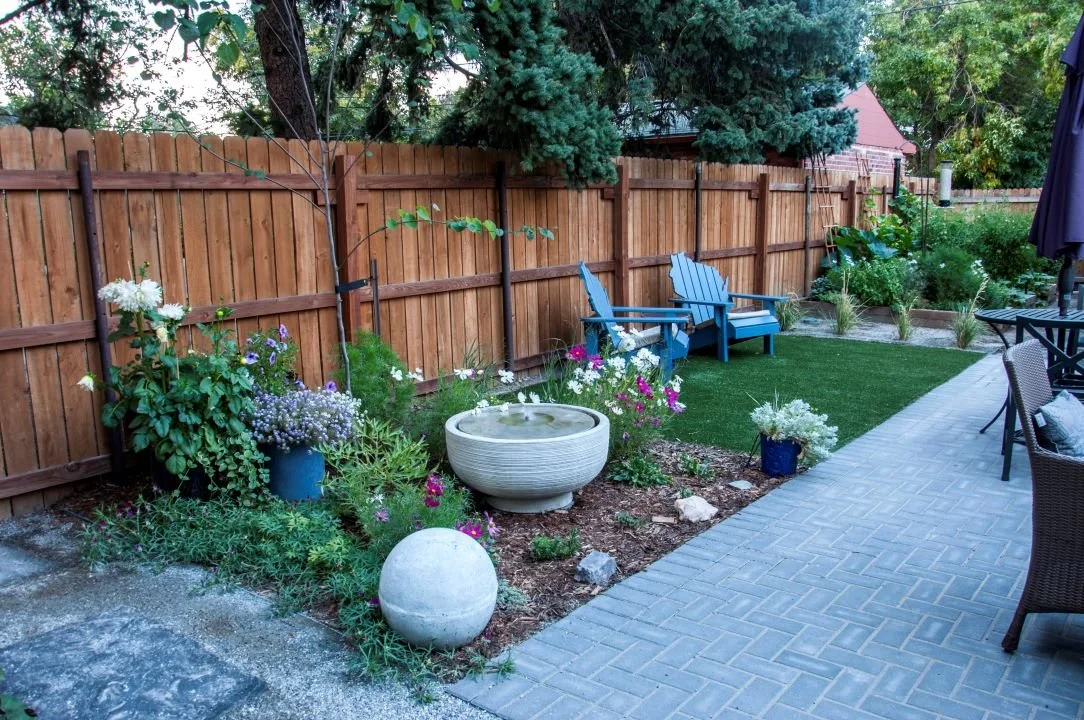Maintenance Care Tips for Pathways and Walkways
Walkways and pathways are not just functional aspects of your landscape; they also guide the overall flow and feel of your outdoor space. Whether you have sleek concrete pavers, rustic flagstone paths, or winding gravel walkways, ongoing care is essential to keeping them safe, durable, and visually appealing. Left unchecked, these areas can develop hazards like cracks, shifting stones, weed growth, or staining that compromise both aesthetics and safety. Here are five expert-driven maintenance care tips that keep your walkways in excellent shape year-round.
Routine Cleaning to Prevent Buildup and Damage
Dirt, organic matter, and moisture are the most common culprits behind deteriorating pathways. Regular cleaning can reduce wear and tear and help spot issues before they escalate. Depending on your surface type, the cleaning method will vary slightly, but a consistent approach is key to long-term performance.
Sweep frequently: Weekly sweeping removes abrasive debris like gravel, leaves, or branches that can scratch or stain walkways.
Use a pressure washer sparingly: For concrete and stone, seasonal pressure washing can remove moss, mildew, or mud. However, avoid high pressure on older surfaces and surfaces with sand and loose materials to prevent etching or damage.
Tackle stains early: Oil, rust, or organic stains should be treated with surface-appropriate cleaners. The longer they sit, the harder they are to remove.
Check drainage: If water pools on your walkway, investigate whether the surrounding soil or grading needs adjustment to prevent erosion and algae growth.
Maintaining a clean surface goes beyond appearance, it supports longevity by reducing slip risks and minimizing structural breakdown.
Keep Weeds and Pests in Check
Weeds aren’t just unsightly; their roots can wedge between pavers, lift bricks, or fracture concrete. More critically, neglected pathways can become habitats for pests like ants, spiders, and earwigs. Regular weed and pest control should be part of your broader landscape care strategy.
Instead of relying on temporary DIY fixes, consider scheduling professional inspections, especially if you spot common invaders such as:
Pavement ants nesting in cracks
Spider webs in shady walkway corners
Earwigs in damp, leaf-filled crevices
Proper sealing and landscape edging can discourage both weed growth and insect harborage. You may also want to explore these low maintenance landscaping tips to help reduce overall upkeep along pathways.
Repair Cracks and Shifting Surfaces Promptly
Even the most carefully installed pathway can shift over time due to weather, soil movement, or repeated use. These imperfections not only pose tripping hazards but can worsen quickly if left unattended.
Cracks in concrete may invite moisture intrusion, while loose pavers create uneven footing. Here's how to stay ahead of these common issues:
Inspect after each season: Seasonal freeze-thaw cycles are notorious for causing expansion and cracking. Post-winter and post-summer inspections are especially valuable.
Use proper fillers and sealants: Choose sealants formulated for your walkway material to fill small cracks before they expand.
Reset sunken or wobbly pavers: If individual stones are settling unevenly, lift and re-level them with fresh base material.
Consider resurfacing: For widespread wear or discolored areas, resurfacing may be more effective than spot-treating.
Ongoing repairs not only enhance safety but also preserve the visual uniformity of your outdoor paths.
Seasonal Adjustments to Landscaping Around Walkways
What grows next to your path can be just as important as the path itself. Shrubs with aggressive roots or fast-growing groundcovers can put pressure on your walkways, while improper trimming can reduce visibility or drop debris that hastens decay.
To make your maintenance care tips even more effective, review how your planting choices are affecting your pathways:
Trim encroaching plants regularly: Overgrown hedges or vines can cover stone edges and cause moisture retention.
Avoid invasive roots: Plants with aggressive underground growth can lift or crack pavers.
Mulch strategically: Prevent soil erosion and weed growth around pathways by applying mulch away from edges.
Prune for visibility and safety: Keep sightlines open by cutting back branches or plants that lean across walkways.
For guidance on how to manage specific plants through the seasons, refer to this blog on which plants to trim. Timing your trimming properly helps both your walkway and greenery thrive.
Long-Term Planning and Expert Guidance
Pathway maintenance may seem straightforward, but it often intersects with complex elements like soil stability, moisture control, pest behavior, and seasonal planting. When your walkway begins to show signs of recurring issues: cracking, sinking, or pest activity, it’s often a sign that underlying conditions require more than cosmetic fixes.
Professional landscape maintenance teams are trained to assess how surface materials, surrounding soil, drainage systems, and nearby vegetation all work together. They can identify early red flags that may not be immediately obvious but could lead to larger structural problems if ignored.
More importantly, professionals bring access to commercial-grade tools and treatments that offer a level of precision and efficiency beyond standard at-home care. Whether it’s regrading a sloped pathway, replacing damaged sections, or applying long-lasting pest prevention products, expert support ensures the health and safety of your entire outdoor space.

